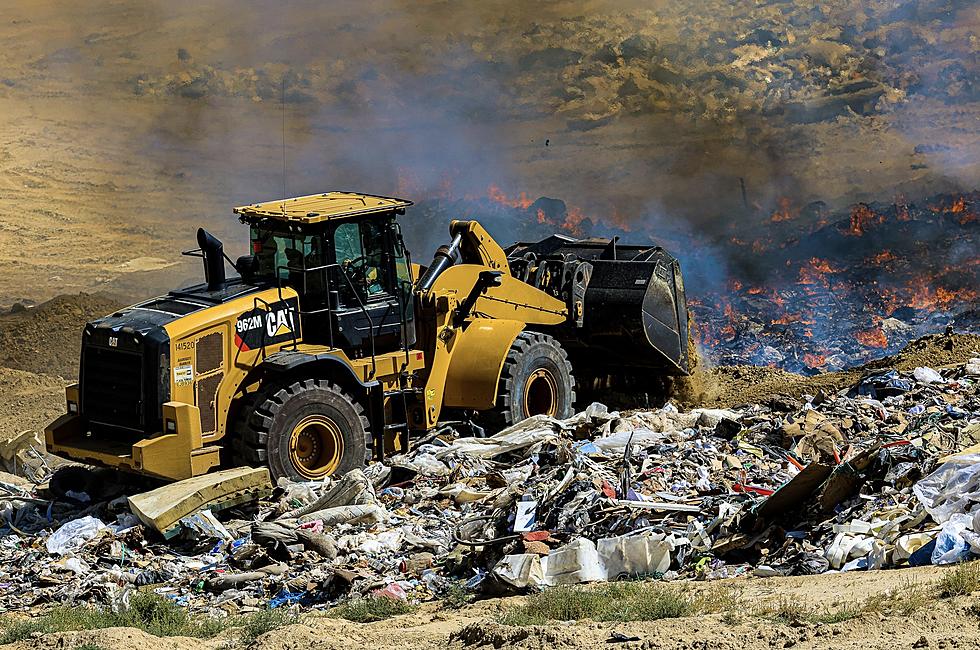
Casper Eclipse Planners Recount Their Efforts
Representatives from the Wyoming Office of Tourism, local fire and law enforcement agencies, and other organizers of Eclipsefest recounted how they crafted an international event leading to the day when scores of thousands of people in Casper witness 2 minutes 26 seconds at 11:43 a.m.
Casper Mayor Kenyne Humphrey introduced the planners and how the event has worked out so far.
"We're keeping everybody safe, we're keeping people happy and hydrated, healthy," Humphrey said.
The focused preparations have been more than a year in the making with coordination among first responders, agencies with the City of Casper and Natrona County, state involvement with the Office of Tourism and the Wyoming Department of Transportation, and the hiring of Anna Wilcox to oversee the planning, among others.
Wilcox said most of the resources needed to plan for the Eclipsefestwere already here and were underway when she arrived.
The city didn't need to do that much "come to Casper" promotion, either, because the National Aeronautics and Space Administration had named Casper as one of the best places to view the eclipse, Wilcox said.
With that, and the subsequent international publicity, the city then just needed to show why people should come early and participate in events leading up to Aug. 21, she said.
Planners have estimated between 35,000 and 50,000 people will come to central Wyoming to view the eclipse.
Casper Fire-EMS Chief Kenneth King said his department doubled the staff at its stations to correspond with the anticipated near doubling of the local population.
So far, the number of daily calls received by the department has approximately doubled, mostly for medical reasons, King said.
King emphatically repeated that open fires, including campfires, are banned in Natrona County because of the danger of wildfire.
Likewise, Casper Police detective John Hatcher said the department has about 100 officers and it has increased its foot and bicycle patrols.
"Our biggest thing as a police department is how we're going to deal with the traffic situation," Hatcher said.
Incidents have been few, especially with public intoxication and impaired driving, he said later. And those few have been caused by Casper residents and not visitors.
Diane Shober, executive director of the Wyoming Office of Tourism, said Casper became the model for other cities and areas along the path of totality from Grand Teton National Park and nearby Jackson, Dubois, The Wind River Indian Reservation and Northern Arapaho Tribe, Riverton, Glenrock, Douglas, Glendo and Torrington and Lusk.
Other cities not in the path of totality but in the shadow from Rock Springs to Gillette also are having their own events, Shober said.
While downtown Casper hosted thousands of people in the past few days, numbers of locals and visitors are hard to determine here and elsewhere, she said.
Those numbers will come in as the Office of Tourism and WYDOT are conducting traffic counts, and other state agencies are conducting economic impact studies, Shober said.
"By October we'll should have a report that will give us the economic impact of the eclipse on the state of Wyoming, and the estimated volume of visitors," she said. The report also will break down the data by county.
Eclipse planners are now turning their attention to Monday itself as thousands will drive here in the morning and leave immediately after the event.
Jeff Goetz of the Wyoming Department of Transportation again urged people to not park along the sides of roads and highways because the heat from catalytic converters under vehicles can start fires, and parked vehicles can become distractions for other motorists.
More From K2 Radio









